Mallets are colorful and come in a variety of designs, come from many manufacturers such as Playwood, Yamaha, Malletech, and Vic Firth, offer a wide range of mallets to choose from. What are the differences among mallets? In order to broaden your choice of mallets, I will talk about how to choose, list some standard products, and give you my recommendations!
How do I choose mallets?
1. Material of head
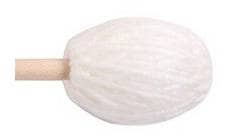
[Wool Yarn]
Mallets with wool yarn wrapped around a rubber ball. Characterized by a mild and deep sound. Many of them resonate well and are often used in marimba performances.
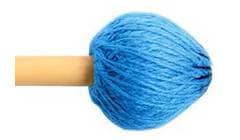
[Cotton Thread]
Harder than wool yarn and characterized by a well-defined, grainy sound. The sound is often bright and light, and is often used for vibraphone playing.
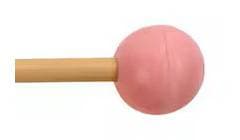
[Rubber]
Comes in various shapes such as round and oval and hardness.. Uses range from glockenspiels, xylophones, vibraphones, and marimbas.
2. Hardness
Hardness is a very important factor when selecting mallets!
It is a factor that broadens the range of expression, from the dynamics in a piece to the finest nuances, and can greatly change the impression of the tone.
| Soft | Medium | Hard |
|---|---|---|
| [Soft] Soft, deep sound. Ideal for choruses and other performances with few seams. Enriches the sound in the lower register. |
[Medium] Wide range of use across all registers, easy to apply to all situations. |
[Hard] Ideal when powerful expression and a sound that will not be buried within the band are needed. Clear and grainy tone, even in the upper registers. |
There may be other detailed classifications such as very soft, extra soft, very hard, extra hard, medium soft, or medium hard, etc. Find mallets with a hardness that suits you and your expression in a piece.
3. Material of Shaft
The material of the shaft is an important feature that directly affects the ease of playing!
Mallets are usually made of rattan or birch.

- Rattan: Easy to bend and bounce. Easy to transmit snap force and less stress on the hand. Harder to break, but easy to bend.
- Birch: Less shaky and easier to aim at the keyboard because it is not flexible. Stable, but the force tends to bounce back to the hand.
For beginners, I especially recommend mallets with a rattan handle shaft, which are more flexible and less prone to injury!
Standard Recommended Mallets!
Although there are many different types and shapes of mallets for different tastes, there are also many products that are widely loved and can be called standard. If you have any doubts, these are the ones you should look for! The following is a list of recommended standard mallets that can be said to be the best choice.
Playwood / M-1001R Keyboard Mallet (Marimba)
When it comes to marimba mallets from Playwood, this is it! The M-1000 Series can achieve deep resonance in the bass register without cracking with clear and distinct sound in the treble register, making it ideal for a wide range of applications.
Yamaha / MV-4020
YAMAHA's MV series is widely used by beginners and professionals alike. It is characterized by its warm and mellow tone.
Malletech / ES12R Rattan
Standard mallets from Malletech, founded by marimba player L.H. Stevens. It features a multi-tone sound that changes tone with the strength of the touch.
Vic Firth / M32 Vibraphone Mallet
These are highly popular as vibraphone mallets and work well with suspended cymbals, making them a versatile choice.
Malletech / NR13R
Made of rubber, these mallets are versatile and work well not only with the xylophone, but also with wood blocks and other percussion instruments.
Summary
How to Select Marimba and Vibraphone Mallets
According to the characteristics and needs of each,
- Select the head material (wool yarn, cotton thread, rubber ball)
- Select the hardness (soft, medium, hard, etc.)
- Select the pattern (rattan, birch)
I hope this helps you in your choice of mallets! May you find a mallet that will be your partner in music for a long time!





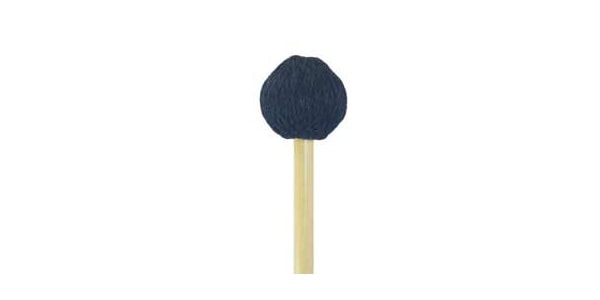
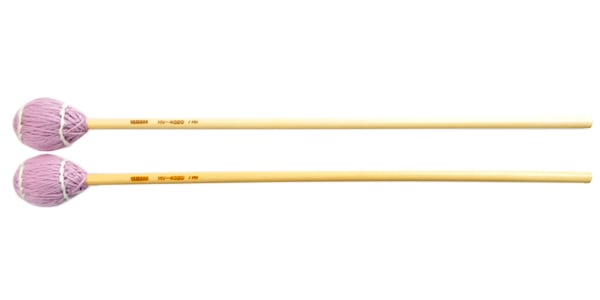
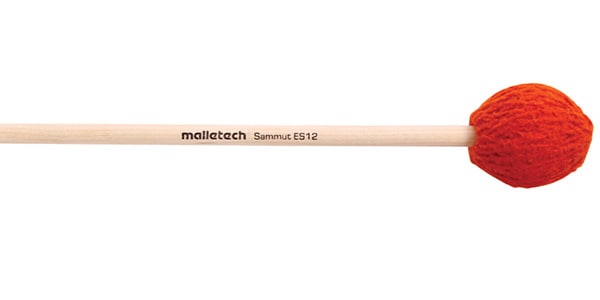
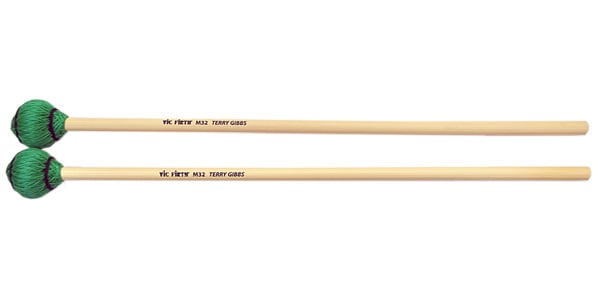
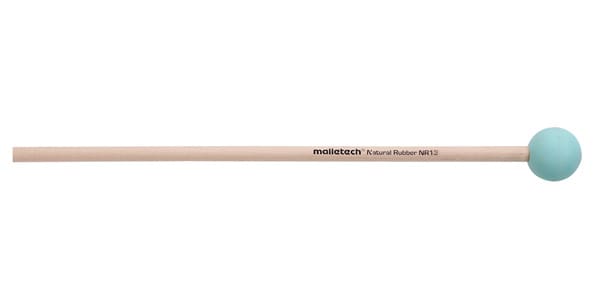







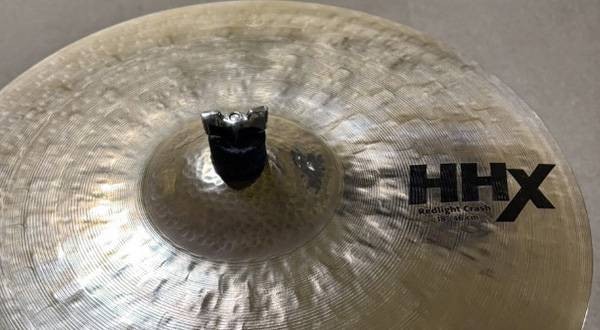


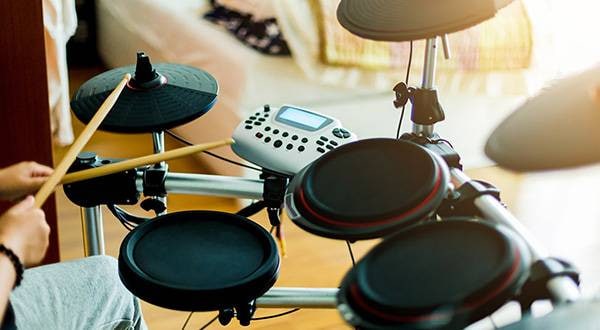


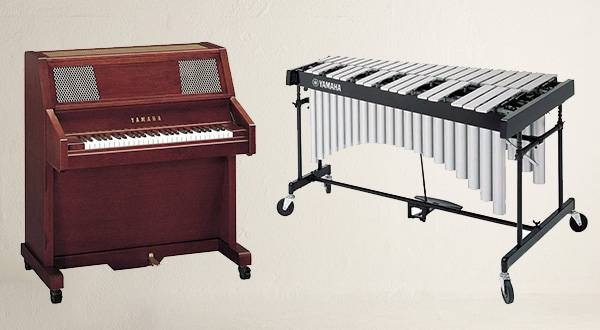
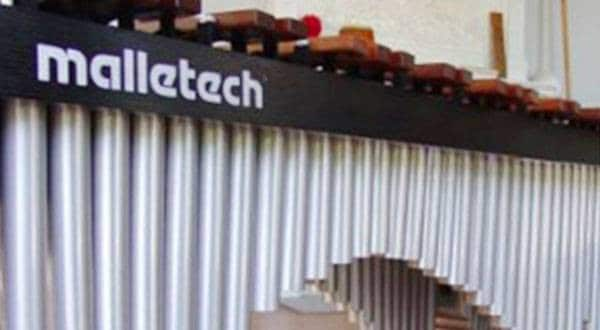
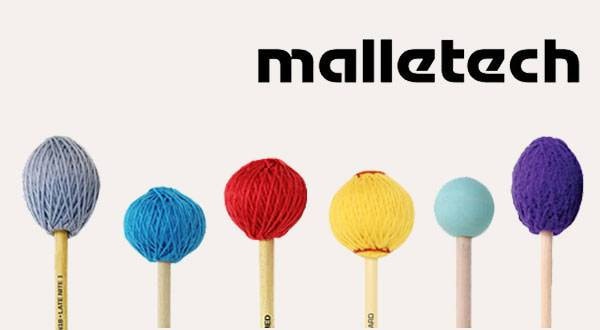
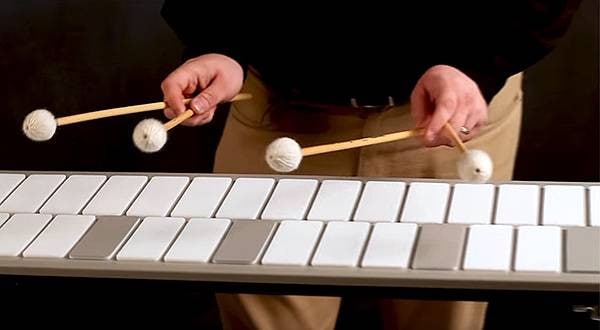
 Malletech 特集
Malletech 特集
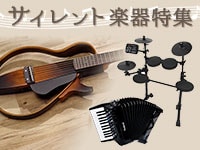 おすすめサイレント楽器特集
おすすめサイレント楽器特集
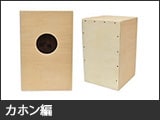 カホン編
カホン編
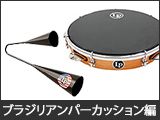 ブラジリアンパーカッション編
ブラジリアンパーカッション編
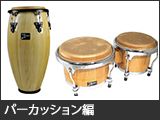 パーカッション編
パーカッション編
 学校向け機材特設ページ
学校向け機材特設ページ















